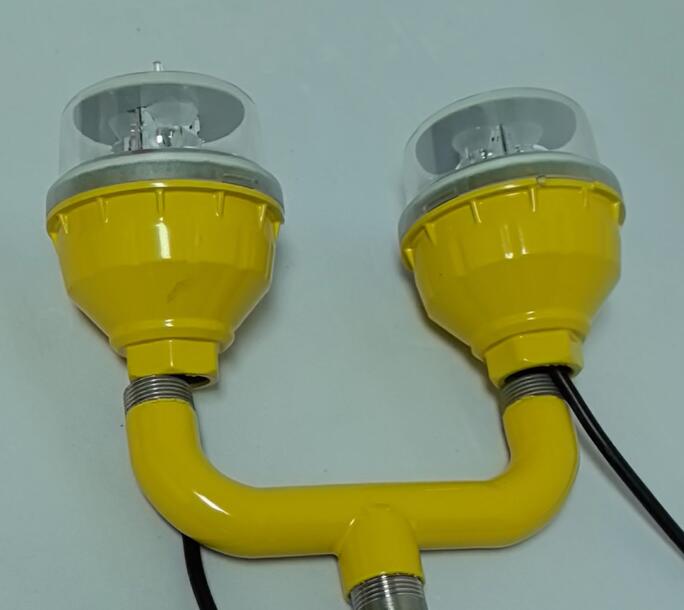In the realm of modern technology and scientific exploration, there exists a phenomenon that often goes unnoticed but holds significant implications – low intensity obstruction light. This seemingly obscure concept is, in fact, a crucial element in various fields, from astronomy and aviation to telecommunications and environmental science.
Low intensity obstruction light refers to a form of light that is of relatively low power and can cause obstructions or interference in specific situations. It is not the blinding glare of a high-intensity spotlight but rather a subtle and often overlooked presence. This type of light can arise from a variety of sources, including natural phenomena, human activities, and technological devices.
One area where low intensity obstruction light plays a significant role is astronomy. The night sky, a source of wonder and inspiration for centuries, is increasingly being affected by light pollution. Low intensity obstruction lights from cities, towns, and even individual households can wash out the faint glow of distant stars and galaxies. This not only diminishes the beauty of the night sky but also hampers astronomical observations. Astronomers rely on the darkness of the night to study celestial objects, and even a small amount of low intensity obstruction light can make a significant difference. For example, faint stars that are barely visible in a dark sky may be completely obscured by the glow of nearby urban areas. This interference can lead to inaccurate measurements and a limited understanding of the universe.

In aviation, low intensity obstruction lights are a matter of safety. Airports and aircraft use a variety of lighting systems to ensure the smooth operation of flights. However, low intensity obstruction lights from nearby buildings, towers, or other structures can pose a hazard to pilots. These lights can be mistaken for navigation lights or cause distractions, potentially leading to accidents. To address this issue, strict regulations are in place to control the placement and intensity of lights near airports. Additionally, pilots are trained to identify and deal with potential obstructions caused by low intensity lights.
Telecommunications is another field where low intensity obstruction light can have an impact. Optical fibers, which are the backbone of modern communication networks, rely on the transmission of light signals. Low intensity obstruction lights can interfere with these signals, causing disruptions and reducing the quality of communication. This can be particularly problematic in areas with high levels of electromagnetic interference or where there are multiple sources of light. To minimize the effects of low intensity obstruction lights, telecommunications companies employ advanced filtering and shielding techniques to ensure the integrity of their signals.
| Low Intensity Obstruction Light | 34 |
| ee | er |
Environmental science is also concerned with low intensity obstruction light. Many species of animals, especially those that are active at night, rely on the darkness of the environment for survival. Low intensity obstruction lights can disrupt their natural behaviors, such as foraging, mating, and migration. For example, sea turtles are known to be attracted to bright lights, and low intensity obstruction lights along the coast can lead them astray and endanger their lives. Similarly, birds can be disoriented by lights, causing them to collide with buildings or other structures. Understanding the impact of low intensity obstruction lights on the environment is crucial for implementing measures to protect wildlife and maintain the balance of ecosystems.
Despite the challenges posed by low intensity obstruction light, there are also opportunities for innovation and development. Researchers are exploring ways to use low intensity lights for beneficial purposes, such as in medical applications or energy-efficient lighting systems. For instance, low intensity light therapy has been shown to have potential benefits for treating certain medical conditions, such as skin disorders and depression. Additionally, the development of energy-efficient LEDs that emit low intensity light can help reduce energy consumption and environmental impact.
In conclusion, low intensity obstruction light is a complex and multifaceted phenomenon that has implications in various fields. While it can cause problems and interference, it also offers opportunities for innovation and improvement. By understanding the nature and effects of low intensity obstruction light, we can take steps to mitigate its negative impacts and harness its potential for the benefit of society. Whether it's protecting the night sky, ensuring aviation safety, enhancing telecommunications, or safeguarding the environment, addressing the challenges posed by low intensity obstruction light is an important task for scientists, engineers, and policymakers alike.